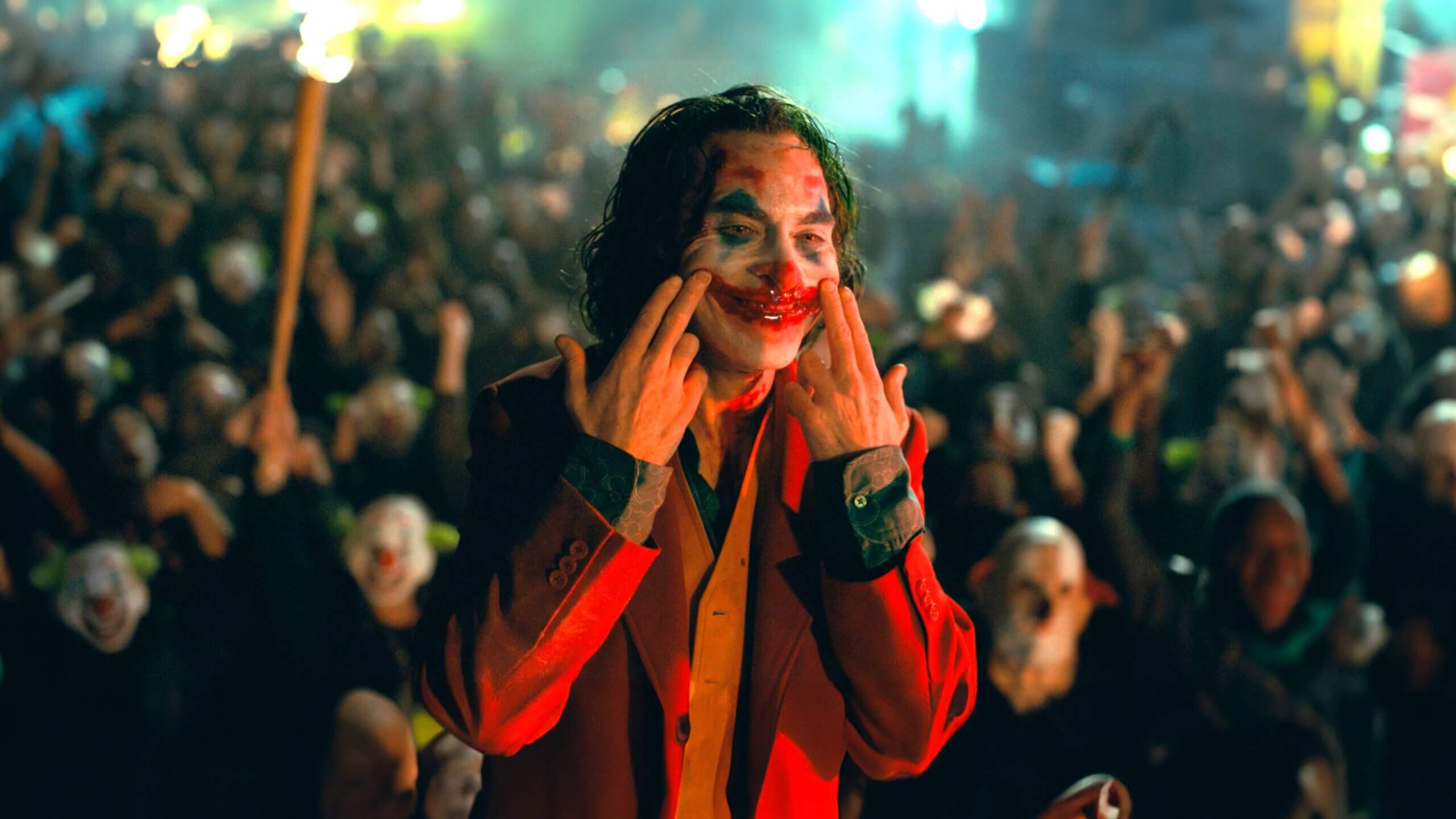While we may not understand how it happens, some characters connect so deeply with us we feel as though we know them. A big part of this, is relating to why they do things. While we may not agree with everything they do, we may understand why they do it. This is where character motivation comes into storytelling and character building. It’s the invisible force driving all their actions and decisions.
What is a Character’s Motivation in Storytelling?
First, let’s define character motivation
Character motivation varies depending on story genre, character type, and other factors. However, whatever the motivation, a character having it is always important.
CHARACTER MOTIVATION DEFINITION
What is character motivation?
Character motivation in film and storytelling refers to the reasons or driving forces behind a character's actions, decisions, and behaviors. It's what propels a character to pursue certain goals or desires, often forming the backbone of the plot. Whether internal (like personal beliefs or emotions) or external (like rewards or social approval), these motivations provide insight into a character's personality, making them more complex and relatable to the audience
Why does character motivation matter?
- Drives the Plot Forward
- Adds Depth to Characters
- Enhances Audience Engagement
- Facilitates Conflict and Resolution
What is a Character’s Motivation Used For?
Why does character motivation matter?
Character motivation is not just about why characters do what they do but also significantly influences the story's progression, character development, and audience engagement.
Driving the Plot Forward
Character motivation is often the catalyst for the plot. Characters are compelled to act based on their motivations, which in turn sets the events of the story in motion.
In the film Finding Nemo, Marlin's motivation to find his missing son, Nemo, drives the entire plot. His determination sets him on a journey across the ocean, leading to various adventures that form the crux of the story.
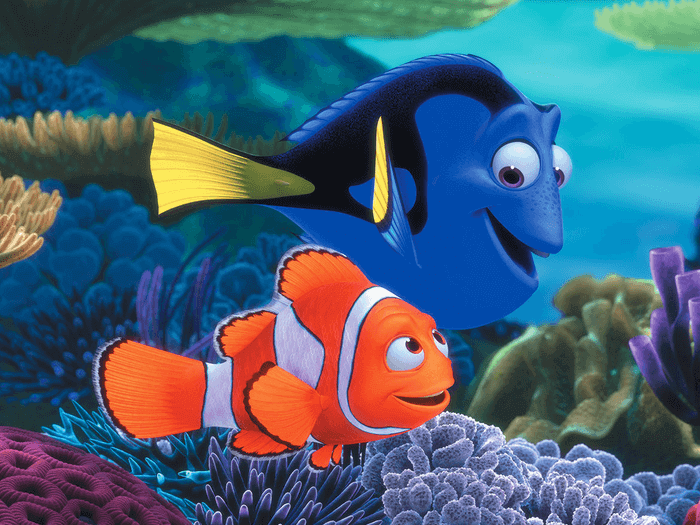
Finding Nemo • Character Motivation examples
Whether it's a heroine motivated by love to rescue her partner or a villain driven by revenge to cause chaos, these motivations lead to actions that advance the storyline. The more compelling the motivation, the more engaging the plot becomes.
Contributing to Character Development and Depth
Motivation adds depth and complexity to characters. It provides insight into their psyche, revealing their desires, fears, and values. This understanding allows characters to grow and evolve throughout the story, creating dynamic, multi-dimensional figures that are more than just their roles.
In one of the best crime films of all time, The Godfather, Michael Corleone evolves from a war hero disinterested in the family mafia to a ruthless boss, driven by the motivation to protect his kin. This shift, prompted by an assassination attempt on his father, adds profound depth to his character.
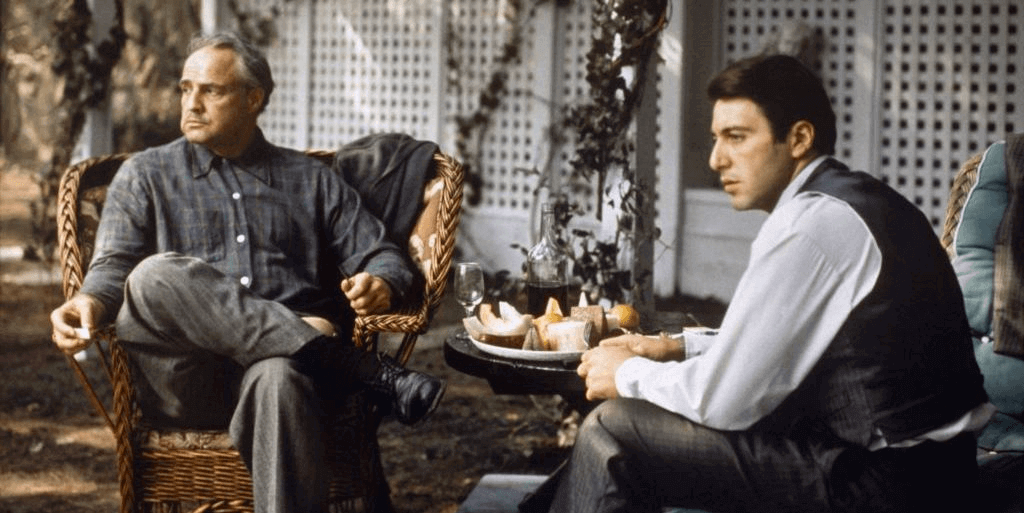
The Godfather • Character Motivation examples
Impacting Audience Engagement and Emotional Investment
Character motivation plays a critical role in connecting the audience to the story. When audiences understand a character's motivations, they can empathize with their struggles and triumphs, fostering emotional investment. This connection is crucial for maintaining audience interest and engagement.
In Titanic Rose's transition from a duty-bound woman set to marry her oppressive fiancé, to someone seeking personal freedom and happiness, deeply engages the audience.
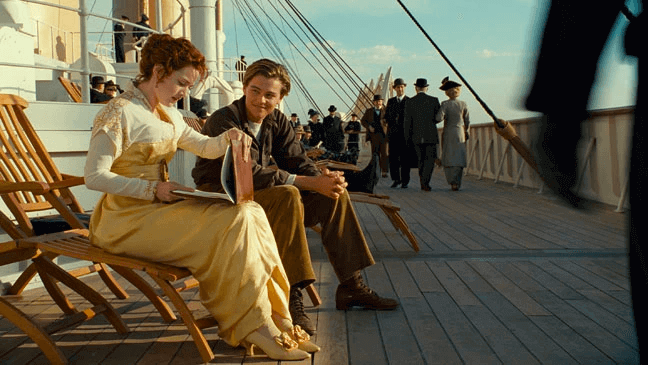
Titanic • Character Motivation examples
The emotional investment in her journey, especially her choice to stay with Jack as the ship sinks, contributes significantly to the film's success.
Facilitates Conflict and Resolution
Character motivation is central to the conflicts in a story. When characters' motivations collide, tension arises, keeping audiences captivated.
Moreover, character motives is pivotal in resolving these conflicts. The way a character reacts - whether they compromise, fight back, or alter their motivation - shapes the narrative's resolution, adding intrigue and depth to both the plot and the characters.
In Star Wars: A New Hope Luke Skywalker's motivation to avenge his murdered family leads to conflict with Darth Vader and the Empire. This same motivation eventually facilitates resolution as he becomes a key player in the Rebellion, ultimately leading to the Empire's downfall.
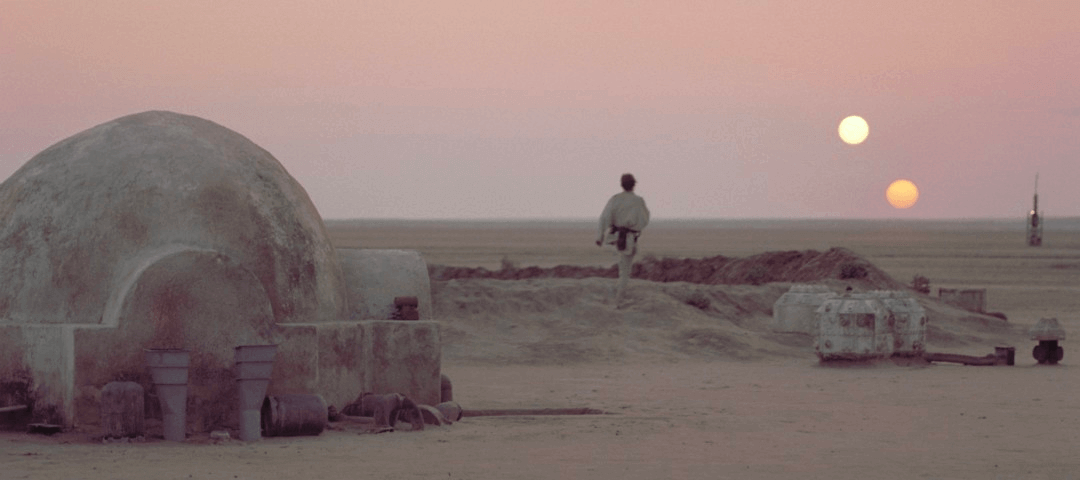
Star Wars Episode IV: A New Hope • Character Motivation examples
Now that we've examined the role and impact of character motivation in storytelling, let's transition into discussing the various types of character motivation that are frequently used in literature and film.
Related Posts
Understanding Character Motives
Types of Character Motivation
Character motives can generally be seen through three main types: intrinsic motivation, extrinsic motivation, and the hierarchy of needs. Each of these types provides a different lens through which to understand a character's actions and decisions.
Intrinsic Motivation
Intrinsic motivation refers to the internal drive that pushes a character to act. This type of motivation is deeply personal and stems from the character's own values, beliefs, or desires. For instance, in To Kill a Mockingbird, Atticus Finch's intrinsic motivation to uphold justice and morality drives him to defend Tom Robinson, despite societal backlash.
Extrinsic Motivation
Extrinsic motivation, on the other hand, is driven by external factors or rewards. Characters with this type of motivation may be driven by fame, wealth, power, or the desire to impress others. An example can be seen in The Great Gatsby, where Jay Gatsby is motivated by his desire to win back Daisy, showcasing his extravagant lifestyle and throwing lavish parties.
Hierarchy of Needs
Lastly, some characters' motivations can be understood through Maslow's Hierarchy of Needs. This theory suggests that individuals are motivated to fulfill basic needs before moving on to more advanced ones.
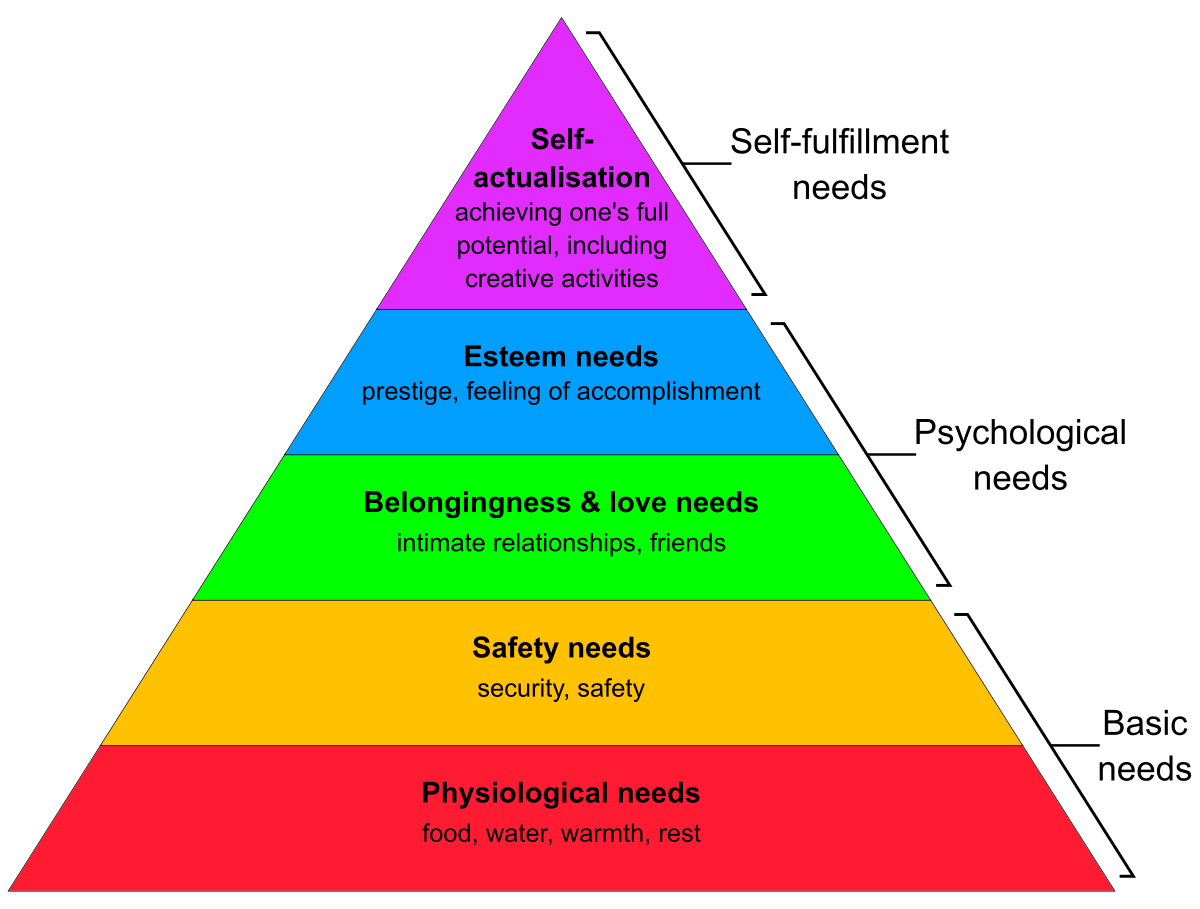
Maslow’s Hierarchy of Needs • Character motivation list
In The Hunger Games, Katniss Everdeen initially is motivated by basic survival (a physiological need), but as the story progresses, her motivations evolve to include protecting her loved ones (safety needs) and fighting for a better society (self-actualization).
Character motivation is key to storytelling, propelling the plot and engaging the audience. It can stem from personal values (intrinsic), external rewards (extrinsic), or basic to advanced needs (hierarchy of needs). By leveraging these motivations, storytellers can create narratives with deep, complex characters. Simply put, character motivation breathes life into every aspect of a story.
Up Next
What is Character Design?
In understanding the importance of character motivation in storytelling, we can now seamlessly transition into our next topic: What is Character Design? - a crucial aspect that shapes the visual representation and personality of characters.
